As we celebrate UK Wind Week 2020, please can you tell us a little about your own experience within the ever-evolving renewables sector?
I’ve been involved with the renewables sector for 13 years now which is almost my entire onshore career – it’s played a big part in my professional development.
One of the very first projects I managed was the marine mammal mitigation workscope for Thanet Offshore Wind Farm and since then I have been lucky enough to work on a number of the key European Offshore Wind farms – it has been exciting to see these projects grow in terms.
It has also been exciting to be able to take this experience to new areas of the world and work with developers to apply these lessons to a new set of logistical and regulatory requirements – I’ve been fortunate enough to work in the US, SE Asia and Australia.
My experience lies in providing marine mammal baseline surveys and noise assessment during planning and consenting and providing marine mammal mitigation and noise verification works during construction which is exciting as we get to be there in the early stages and again when the project becomes a reality in the water. This is also an area that has developed massively as we have learned about the impacts of these developments on marine life and as science and technology has developed with the industry.
To date, what has been your most interesting renewables project that you have worked on and why?
It’s really hard to pick just one project as each and every project is so different and comes with its own set of challenges and we have learned something new on each and every project.
Thanet as my first was a massive learning curve as my first renewables project and designing the mitigation strategy in the early days prior to any standard mitigation plans being done prior to this was an exciting phase to be involved in.
Teesside was also a great project as I got to be involved with a number of monitoring scopes including land noise, ornithology, underwater noise as well as marine mammals.
As we move further offshore the challenges increase which for me is exciting – I was fortunate enough to work on the baseline survey for marine mammal and birds on Dogger Bank site which ran for about a year and a half and at the time was the largest survey activity of its kind and yielded an enormous data set for the environmental assessment works.
Over in the US I’ve been managing mitigation scopes for characterisation surveys across the East Coast and it’s been really interesting to apply the lessons we have learned in Europe to a new set of logistics and sensitivities and work with new regulators and stakeholders.
And of course, this year has brought its own set of challenges as COVID hit in the early stages of the construction phase of Triton Knoll which meant adapting, new procedures and a whole host of contingency measures but I am pleased to say thanks to the incredible teamwork from our client, the contractors and team we didn’t have any delay or have to make any compromise to safety or the environment.
In your opinion, which areas within the renewables sector have the most opportunities in terms of growth in the coming years?
I think the whole sector and across all supply chains will see huge opportunities, especially offshore wind which is going to continue to see massive growth. The offshore renewables sector is playing a pivotal role in combating climate change with governments across the world setting ambitious targets in terms of capacity and economic growth.
It’s been incredible to be part of a new industry in Europe which still makes up three-quarters of the worlds installed offshore wind however I see this very quickly tipping as many new regions are poised for massive developments in this decade.
These areas are now benefiting from the lessons learned, established supply chains and knowledge from Europe enabling much faster progress to commissioning.
What advice would you give to individuals who are considering a career within the renewables sector?
Definitely get involved! This is an industry that offers so much career development and diversity in roles and progression, it’s really exciting. It’s also a really personable industry where novel techniques and developments are really welcomed and supported.
My biggest advice is build relationships as these are key – I have met and worked with so many incredible people during the past 13 years and have learnt so much from all of them. People move between developments and projects and I love that people I worked with 10 years ago I get to work with again on a new project.
And from an environmental perspective, I am really proud to be involved in this green sustainable industry which is playing a huge part in achieving net zero and combating climate change.
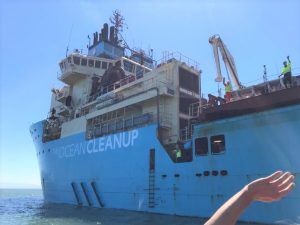 A send-off from San Francisco was seen live by viewers around the world who watched the Maersk Launcher tow The Ocean Cleanup “Wilson”, with AutoNaut on deck, under the Golden Gate Bridge. The next stage after this first two-week trial is to re-locate further offshore to the GPGP where the aim of the project is to remove 50% of ocean plastics every 5 years.
A send-off from San Francisco was seen live by viewers around the world who watched the Maersk Launcher tow The Ocean Cleanup “Wilson”, with AutoNaut on deck, under the Golden Gate Bridge. The next stage after this first two-week trial is to re-locate further offshore to the GPGP where the aim of the project is to remove 50% of ocean plastics every 5 years.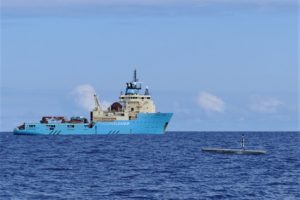
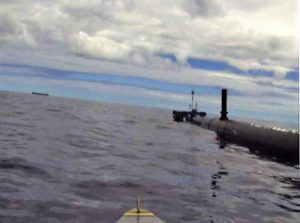
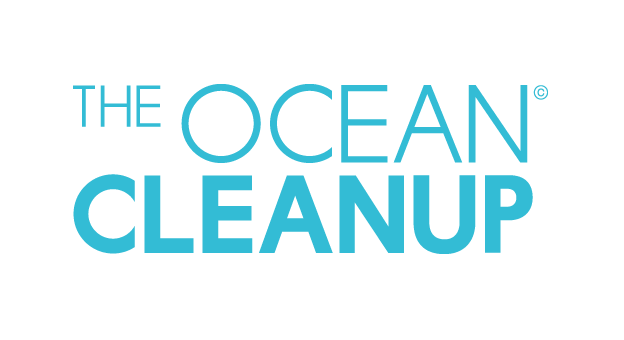 The Ocean Cleanup announces Seiche Water Technology Group with AutoNaut as its Official Partner for Environmental Mitigation Technologies.
The Ocean Cleanup announces Seiche Water Technology Group with AutoNaut as its Official Partner for Environmental Mitigation Technologies.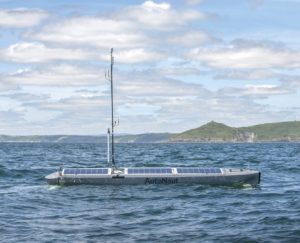 A SWTG AutoNaut unmanned surface vessel (USV) will work alongside TOC’s revolutionary “barrier” system to provide environmental information on ocean currents, water quality, meteorology and wave height/direction. Cameras on the AutoNaut’s mast and hull will provide a live-feed view both above and below the sea surface. The aim is to provide long-term autonomous monitoring of The Ocean Cleanup’s at-sea garbage-collection system.
A SWTG AutoNaut unmanned surface vessel (USV) will work alongside TOC’s revolutionary “barrier” system to provide environmental information on ocean currents, water quality, meteorology and wave height/direction. Cameras on the AutoNaut’s mast and hull will provide a live-feed view both above and below the sea surface. The aim is to provide long-term autonomous monitoring of The Ocean Cleanup’s at-sea garbage-collection system.